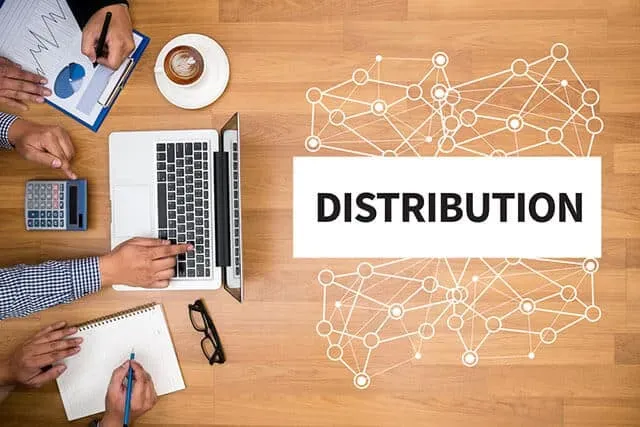The law of diminishing distribution arbitrage

I shared some thoughts on LinkedIn about the importance of distribution last week, and decided to expand on them today.
I’ve been thinking a lot about this Justin Kan tweet from 2018:

This tweet has been quoted countless times since then. But I wanted to interrogate why Kan’s insight rings so true.
I think it’s because:
- To create a truly breakout company, you need some sort of distribution advantage
- Every successful distribution tactic is copied until it’s no longer effective
In other words, second-time founders obsess with distribution because they’re intimately familiar with what I like to call: the law of diminishing distribution arbitrage.
If you’re a student of the startup world, then you probably remember when new distribution tactics first came on the scene. Paypal’s referral hack. Facebook’s university rollout. Zapier’s long-tail integration-focused SEO pages. Notion’s community-driven templates.
But the effectiveness of each of these innovations lessened over time. A simple referral code link doesn’t have the same impact it once did. Long tail SEO is a morass. Every tool today launches with a template gallery.
At least part of what made these tactics work to begin with was their novelty. But I think the real secret is that each tactic was tied to a key product innovation.
Paypal’s referral hack ($10 for every user you invite) was so powerful not just because they were giving money away, but because the money showed up, immediately, in your Paypal account. And then you could use it, immediately, to pay for stuff. The immediacy, made possible by Paypal’s underlying technology, was what made it magical.
This is why the same sort of referral code hack worked for Uber (the “credit” currency could immediately be used to book a ride), and why it did not work for Airtable or any of the other SaaS tools out there (who cares about “credit” in my account when I’m paying with my company credit card?).
That being said, the most interesting distribution tactics, in my estimation, are those that emerge from people simply using the product itself. As an example, what made Dropbox so viral was the fact that users could share files with nonusers as easily as sharing a link. In the world of FTP, that was groundbreaking. And inherently viral.
To copy that distribution innovation, you’d need to copy the product. Not so easily done, and certainly not by Dropbox’s old-school competition.
Perhaps because of my background in growth and go-to-market, I focus a lot on this question when I speak with founders. And that’s in large part because I don’t think you can make this up on the fly. At first glance, it may seem like something you shouldn’t waste your time on until after you find product-market fit, but I strongly believe you need to have some sort of hypotheses about what your distribution advantage will be from the very beginning, as those hypotheses may impact how you approach building your product today.
So, if I’m lucky enough to get to speak to you about what you’re building, don’t be surprised if, despite the fact that you’re pre-product, pre-revenue, pre-everything (the stage we love to invest!), I’m still asking you about how you think you might build a durable distribution advantage. Innovating on product isn’t enough. You have to innovate on distribution as well.